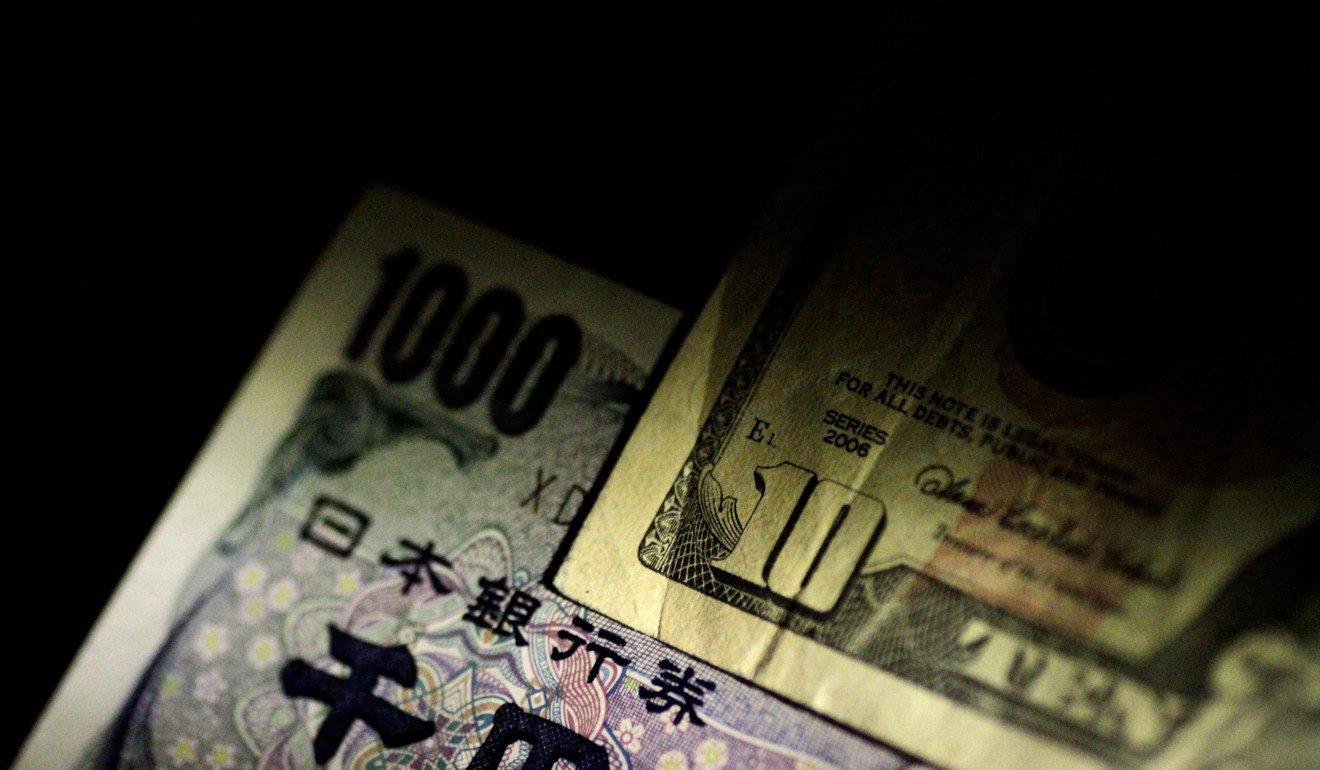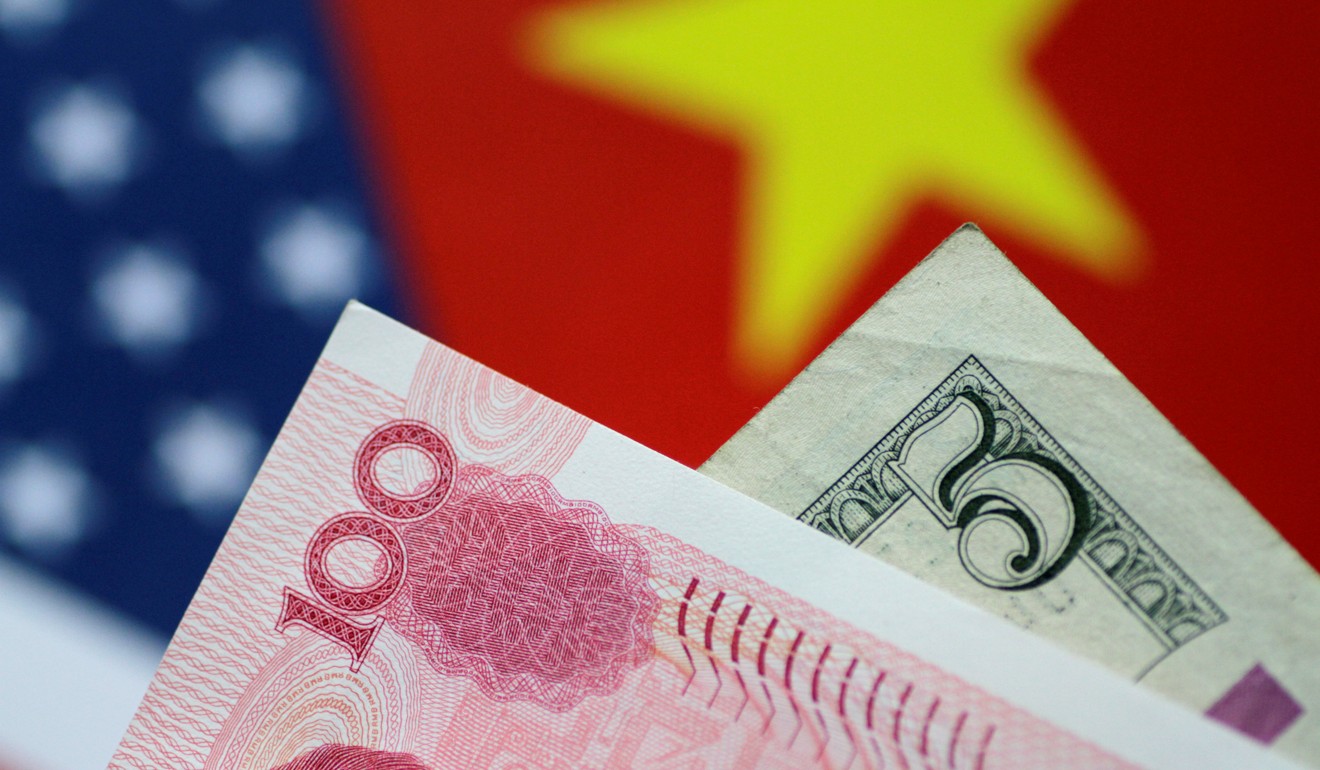
Hang on, how come President Trump doesn’t make a big deal about the Japanese yen?
The White House has a double standard when it comes to handing out blame for currency manipulation
Geopolitical considerations can often allow double standards to emerge which end up being reflected in markets. In that vein, while US President Donald Trump talks the talk on China, the White House has little to say about Japan where the local monetary policy settings still lend themselves to a relatively weak yen.
Given that Trump last week characterised China as a rival of the US, there’s a big element of Sino/US geopolitics at play. Yet, from the narrow perspective of the currency market the US government has nothing to complain about when it comes to the way the yuan has performed since Trump won the White House in November 2016.
In January 2017, President-elect Trump may have complained that US dollar strength versus the yuan was “killing us”, but even if Trump might have had a point then, that argument doesn’t hold in February 2018.
“Since November 2016, the Chinese currency has appreciated 9.5 per cent against the US dollar,” wrote TS Lombard’s chief China economist Bo Zhuang on Friday.

In January 2018 alone, as Cliff Tan, the Hong Kong-based East Asian head of global market research at Japan’s MUFG Bank has noted “the yuan strengthened by a monthly record percentage versus the US dollar – exceeding even its gain after the July 2005 de-peg – as the USD/CNY fell 3.40 per cent from 6.5120 to 6.2920 in terms of London closes”.
Of course, it’s undeniable that the US dollar has been on a broad-based downtrend against a basket of currencies since the start of 2017, but for those who might therefore wish to underplay China’s acceptance of a lower dollar/yuan exchange rate as part of that process, there’s the inconvenient fact that the US currency’s broader fall has not been accompanied by a commensurate rise in the Japanese yen.
On November 8, 2016, the date of the US Presidential election, the dollar/yen exchange rate was just below 106, rising in the following weeks, amid a broader rally for the greenback, to trade above 118 in late December. As the greenback’s fortunes turned in 2017, the dollar also fell versus the yen.
But let’s not get too excited.

At the close in New York last Friday, the dollar/yen exchange rate was still above 110. So, from November 8, 2016 to now, when the US dollar has materially weakened against a basket of currencies, and the yuan alone has risen by some 9.5 per cent against the greenback, the Japanese yen is actually weaker versus the US currency than it was when Trump was elected.
Much of that yen under-performance is attributable to the Bank of Japan’s continued adherence to ultra-accommodative monetary policy as it pursues its target of 2 per cent inflation. Japanese monetary policy, with no resistance from Washington, has helped the yen resist pressure to rise against the greenback even as the US dollar has been dropping versus the yuan and other major currencies.
The foreign exchange market has not been motivated to short the greenback versus the Japanese yen. Indeed, in the currency market, there remains a structurally large short yen position if the latest data from the US’ Commodity Futures Trading Commission (CFTC), which was released on Friday, is anything to go by.
For the week ending January 30, based on the net holdings of International Monetary Market (IMM) speculators in the Australian dollar, the British pound, the Canadian dollar, the euro, the Japanese yen and the Swiss franc, there was a net short US dollar position equivalent to US$13.73 billion, up from the prior week’s US$11.47 billion.

But the devil is in the detail. Those same IMM speculators had a net long US dollar position versus the yen equivalent to US$13.18 billion.
Yen underperformance amid broader US dollar weakness has meant that since Trump was elected there has been a consequential rise in the value of both the Chinese yuan and the euro against it.
Japan’s exporters have gained competitive advantage against their competitors in China and the euro zone.
While Japan’s monetary policy settings remain as they are, with the US government seemingly unperturbed by the currency implications of that situation, the foreign exchange market has little incentive to drive the Japanese currency materially higher.
The currency market is apolitical but it’s not naive.
American geopolitical interests, as currently articulated, lend themselves to tough talk on China and its currency while staying quiet about Japanese monetary policies that help to create an environment that helps limit the capacity for the yen to appreciate.
The currency market is likely to continue to exploit that double standard.

